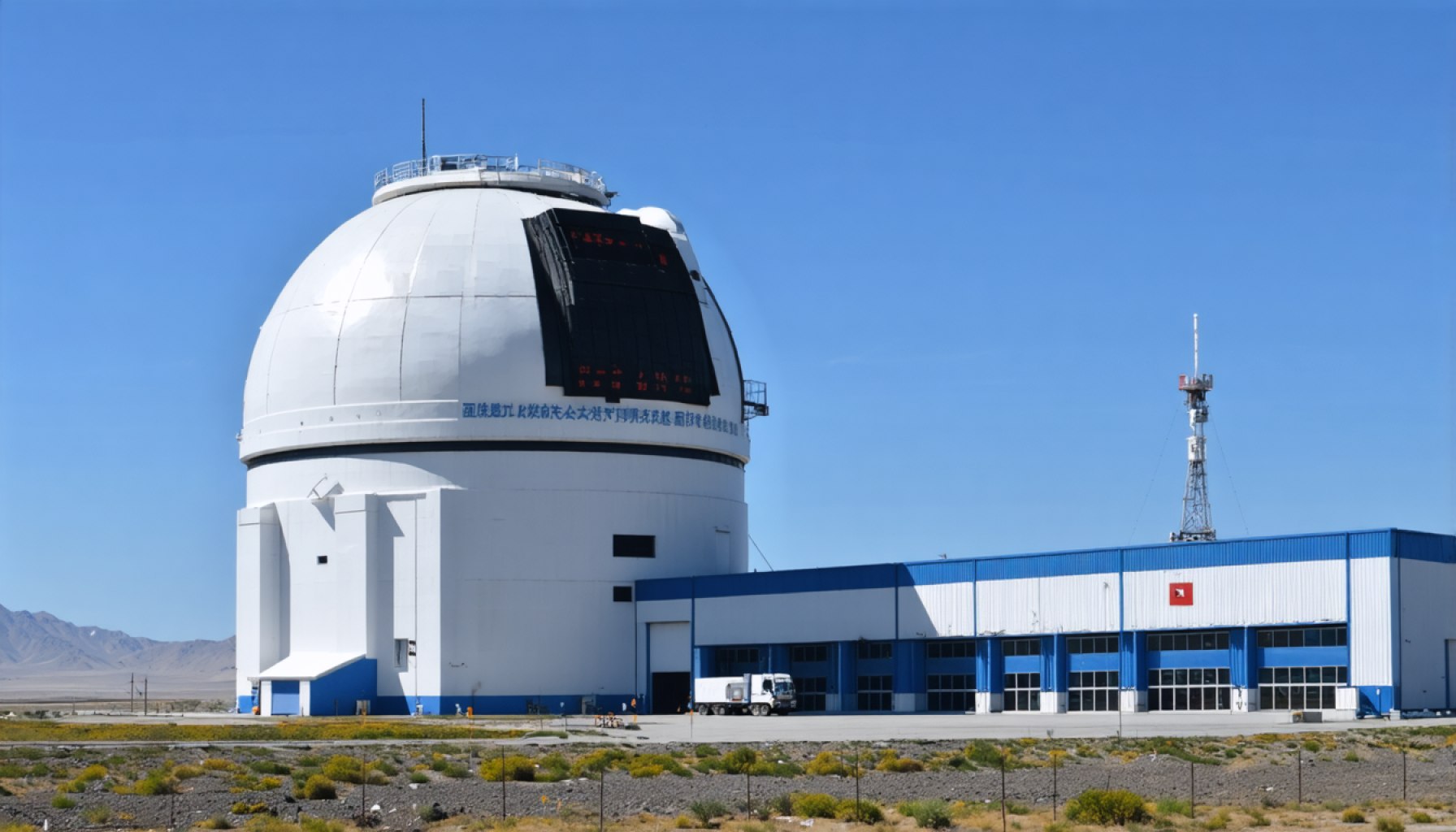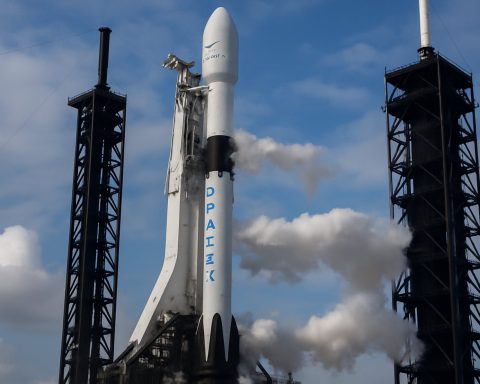- A proposed Chinese-Chilean collaboration for a space observatory in Chile’s Atacama Desert has been halted due to legal and geopolitical challenges.
- The project faced legal issues as Chilean law prohibits private institutions from creating international agreements for astronomical purposes.
- The Ventarrones site, near Antofagasta, is embroiled in disputes over land concession terms and national security concerns.
- The United States views the observatory’s potential for dual use as a covert satellite-tracking facility, raising geopolitical tensions.
- China’s “Sitian Project” aims to establish a global network of observatories, with this project as a critical component.
- Chile’s historical prominence in hosting major telescopic projects now faces scrutiny amid international intrigue over technological sovereignty.
- The Chilean government is exploring alternative collaboration avenues, but current signs point toward the project’s potential dismantlement.
- The situation underscores the importance of adhering to legal frameworks and the complexity of tech-driven diplomacy.
Under the vast expanse of Chile’s Atacama Desert, where stars blaze with undisturbed brilliance, a different kind of celestial drama unfolds. A proposed Chinese-Chilean collaboration aimed at constructing a space observatory has come to an abrupt halt, stirring the skies with geopolitical tension and legal scrutiny.
China’s ambitious venture, planned in cooperation with the private Universidad Católica del Norte, sought to pierce the southern skies with advanced telescopes at the Ventarrones site—a strategic location enveloped by the arid beauty of the desert. But Chilean law, it appears, does not share this vision. Government officials underscored that private institutions cannot forge international agreements for such astronomical purposes, a law seemingly overlooked in the project’s conception.
Nestled 55 miles from Antofagasta, the Ventarrones Astronomical Park faced more than bureaucratic red tape. Satellite imagery captured the active construction backed by a Chinese state-owned firm, hinting at a complex deeper than Chilean soil. The undertaking, officials state, also conflicts with the concession terms for its location on government-owned land—an issue now bubbling to the surface alongside national security concerns.
From the start, whispers about the project’s dual-use potential rang out across continents. The United States viewed China’s plan with a wary eye, criticizing it as a covert satellite-tracking endeavor disguised as purely academic. With a military footprint evident in similar projects, China’s motivations have drawn skepticism, highlighting an unavoidable intertwine of space exploration with geopolitical chess.
China’s “Sitian Project,” a vision to monitor skies worldwide through a network of global facilities, casts the planned observatory as a pivotal piece. However, under the scrutiny of Chile’s legal framework and the United States’ geopolitical gaze, the project now dangles precariously.
The allure of Chile’s clear, dry altitudes has historically drawn the world’s greatest telescopic minds; roughly 70% of large ground-based observatories make their home here. Yet, as luminous as Chilean skies are, they’re now shadowed by international intrigue. Chilean media, ever attuned to the undercurrents of global politics, reads the potential shutdown as an indicator of shifting alliances and concerns over technological sovereignty.
While the Chilean government has instituted a review and suggested alternate paths for the collaboration—including transferring negotiations to a state level or involving the University of Chile—the current trajectory points toward dismantlement. This incident shines a spotlight not only on the imperative of rigid legal adherence but also on the broader implications of tech-driven diplomacy in the modern era.
As the tales of space unfold amid terrestrial boundaries, one thing remains starkly clear: in the dance of the stars and international strategy, vigilance is key to navigating the intricate orbits of opportunity and risk.
This Is Why China’s Ambitious Chilean Observatory Project Was Halted—and What’s Next
Overview
The proposed Chinese-Chilean space observatory in the Atacama Desert, initially poised as a significant advancement in astronomical research, has faced an abrupt cessation. Beyond the allure of its potential scientific contributions, the project has become entangled in geopolitical tensions and legal challenges, offering a unique glimpse into the multifaceted world of international collaborations in sensitive domains.
Real-World Use Cases and Implications
1. Scientific Advantages: The Atacama Desert’s clear skies have long attracted the global astrophysical community. The region’s unique climatic and geographical conditions reduce atmospheric disturbance, crucial for high-resolution astronomical observations. The abandoned project could have expanded our understanding of celestial phenomena, potentially contributing to advancements in cosmology and astrophysics.
2. Geo-Strategic Significance: The project site at Ventarrones was ideally positioned not only for stargazing but also for the strategic importance tied to monitoring space activities. Such projects are often dual-use, capable of scientific research and space surveillance, which can include satellite tracking.
Controversies and Limitations
– Legal Challenges: The project hit a legal roadblock due to a misunderstanding of Chilean law, which prohibits private institutions from entering into international agreements for scientific endeavors. This oversight necessitated a project halt and review by Chilean authorities, serving as a cautionary tale about the importance of rigorous compliance with local regulations in international collaborations.
– Geopolitical Intrigue: With the United States voicing concerns over the project’s dual-use nature, the incident underscores the thin line between academic space exploration and strategic military considerations. The perception of the observatory potentially doubling as a satellite tracking station has spurred further scrutiny.
Industry Trends and Insights
– Shifts in Global Alliances: This incident reflects a broader trend where technological projects are not only scientific pursuits but also elements of international diplomacy and strategy. As nations increasingly rely on technology for strategic advantage, similar projects may face heightened review and potential roadblocks.
– Tech-Driven Diplomacy: The intertwining of technology and international relations presents opportunities for collaboration and conflict. In regions like Latin America, where China has been expanding its influence, technology projects can act as diplomatic tools but also as sources of tension with other global powers.
Actionable Recommendations
1. Due Diligence: Future projects should meticulously assess the legal, environmental, and political landscapes where they intend to operate. Involving local governments and state-level entities from the outset can help preempt legal challenges and foster smoother collaboration.
2. Transparent Communication: Maintaining an open dialogue with both international stakeholders and local communities can mitigate geopolitical tensions. A clear communication strategy regarding the project’s intents and benefits can alleviate concerns over dual-use implications.
3. Engage in Multilateral Negotiations: In areas prone to geopolitical interest, involving multiple stakeholders in negotiations can create a more balanced approach and reduce unilateral scrutiny or opposition.
Quick Tips
– Ensure comprehensive legal compliance before embarking on international collaborations.
– Engage local authorities and governments early in project development to anticipate regulatory hurdles.
– Consider the geopolitical context and potential perceptions of dual-use when planning scientific projects overseas.
For those interested in global technology trends and international collaborations, visit Nature and ScienceDirect for comprehensive insights and research articles.









